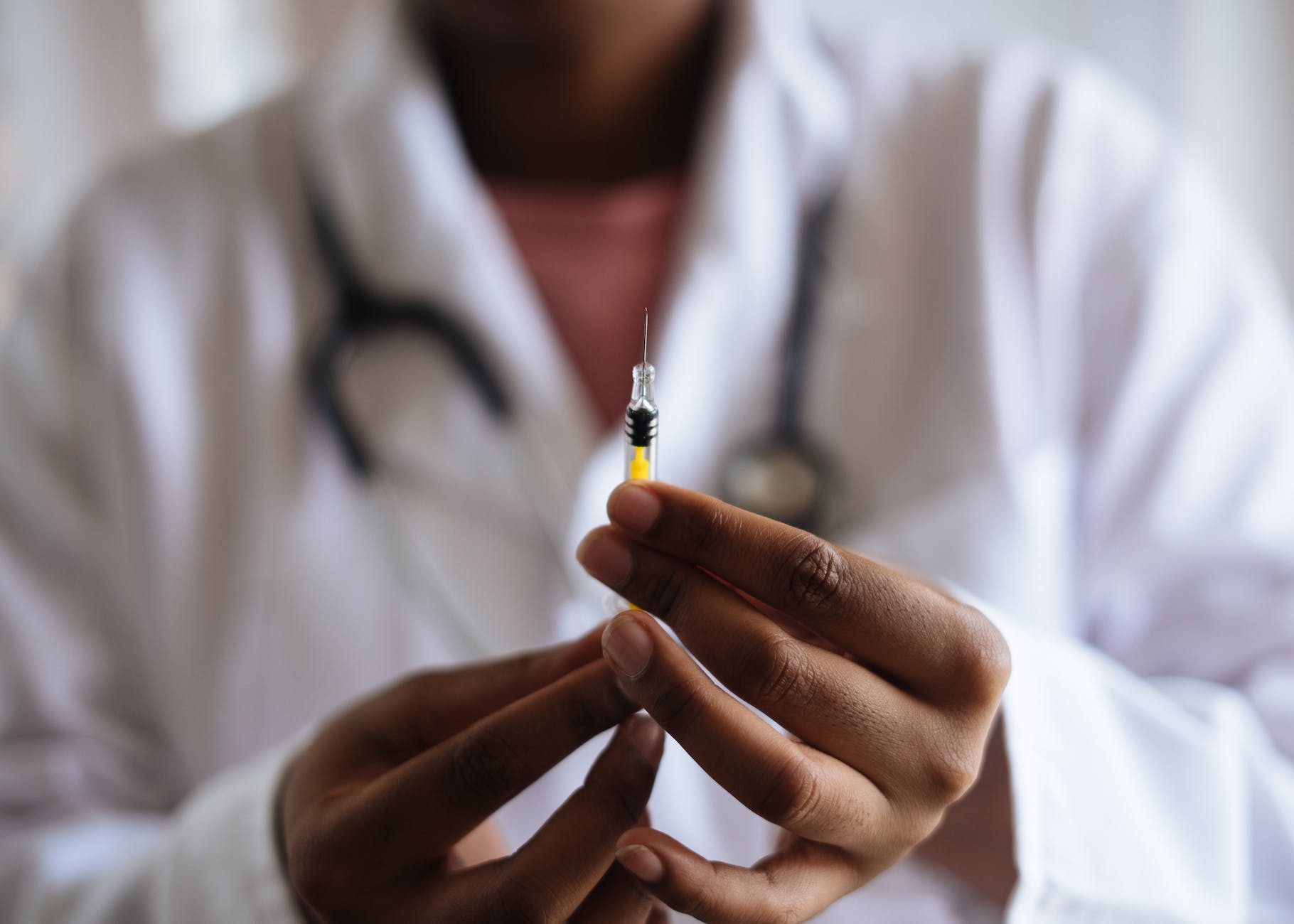
Nurses
Health literacy, the ability to understand and use health information to make decisions, plays a pivotal role in patient care. Improved health literacy leads to better patient outcomes, enhanced patient satisfaction, and reduced healthcare costs.
Nurses, the cornerstone of patient care, are uniquely positioned to enhance health literacy. But how can they effectively fulfill this role? This article explores seven practical strategies nurses can implement to improve patient health literacy.
The Role of Nurses in Patient Health Literacy
Nurses are on the front lines of patient care. They are the first point of contact and, often, the most frequent. This puts them in a unique position to influence patient health literacy. They can simplify medical jargon, explain complex procedures, and ensure patients understand their health status and treatment options through their interactions.
Increasingly, nurses are enhancing their skills through advanced education. One such path to skill enhancement is through fast-track RN to BSN online programs. These programs focus on developing nurses’ skills and abilities, enabling them to educate patients better. Furthermore, accelerated online programs enable working nurses to complete their degrees in less time so they can climb up the career ladder faster. You can look for accredited institutions online, such as the University of Louisiana Monroe, and enroll in the fastest RN to BSN program to receive comprehensive training on communication and education strategies.
In essence, nurses can play a pivotal role in improving patient health literacy and transforming the healthcare experience by leveraging their position and enhancing their skills. The following are the most efficient ways nurses can make this happen:
1. Clear and Effective Communication
The cornerstone of improving health literacy is clear and compelling communication. Nurses must strive to distill complex medical terminology into more straightforward language that patients can easily understand. This involves translating complicated health information into simpler language and using analogies and metaphors when necessary.
Techniques such as the “teach-back” method, where patients are asked to repeat the information shared with them in their own words, can be incredibly beneficial. Such an approach ensures that the message has been accurately received and comprehended. Tools like universal health literacy precautions can make communication more accessible to all patients, regardless of their literacy levels.
Thus, effective communication paves the way for improving health literacy, fostering better patient engagement, and promoting health outcomes.
2. Educational Materials and Resources
Supplementing verbal communication with educational materials and resources can significantly boost health literacy. Nurses can use a variety of resources like leaflets, brochures, and instructional videos or direct patients to trustworthy online content. These resources, created in straightforward language, can explain health conditions, treatment options, and self-care techniques in a digestible format.
As patients review these materials at their own pace, they can better grasp the details of their health situation. Additionally, nurses can guide patients in sifting through these resources effectively, enhancing their understanding and augmenting their health literacy.
3. Building Trust and Rapport
Building trust and rapport is a central component of the nurse-patient relationship. By cultivating a secure and supportive environment, nurses can encourage patients to voice their concerns, inquire more about their conditions, and actively participate in their care. Creating such a bond entails being empathetic, respectful, and patient, fostering an open dialogue that invites questions and clears doubts.
This trust-building process significantly improves patient understanding, thus enhancing health literacy. A solid nurse-patient bond ultimately leads to increased patient satisfaction, adherence to treatment plans, and better health outcomes.
4. Involving Family in Patient Education
Involving family members in patient education is another effective strategy for improving health literacy. Families often play a crucial role in patient care, particularly in managing chronic diseases or recovery from serious illnesses. When nurses incorporate them into the educational process, it helps ensure that health information is understood and retained better.
Regular family meetings and education sessions can create a shared understanding of the patient’s condition, reinforcing the information provided to the patient. In this way, the entire family becomes a part of the patient’s support network, contributing to improved health literacy and better health outcomes.

Nurse
5. Utilizing Technology
In this digital era, technology can be an invaluable ally in improving health literacy. Many health apps, online resources, and telehealth services have emerged, making health information more accessible and understandable. Nurses can help patients navigate these tools, recommending appropriate applications and platforms tailored to their needs.
Technology can bring health education right to patients’ fingertips, from symptom trackers to telehealth consultations to informational websites. Guidance on how to discern reliable information from less credible sources is also crucial, ensuring patients are drawing from trustworthy resources. Through this innovative approach, nurses can substantially enhance patient health literacy, paving the way for informed decision-making and effective self-care.
6. Health Literacy Training
Nurses can also seek additional training and education to improve patient health literacy. Attending seminars, enrolling in relevant courses, or even earning a higher degree can help nurses develop enhanced skills for patient education.
This training can equip them with strategies for simplifying complex medical terminologies and cultivating effective communication techniques. When nurses deepen their understanding of health literacy, they are better prepared to aid their patients in comprehending health-related information, thereby improving outcomes.
7. Patient Advocacy
Patient advocacy is another crucial area where nurses can make a significant difference. By advocating for their patients, nurses ensure that patients’ rights are upheld, their needs are met, and their voices are heard. This advocacy can involve explaining medical procedures, discussing treatment options, or assisting in health-related decision-making.
Nurses can make the healthcare process less intimidating and more understandable for patients. This, in turn, can significantly enhance a patient’s health literacy, enabling them to be more proactive about their health.
Final Words
In healthcare, enhancing patient health literacy is an essential task. Through their direct and frequent patient interactions, nurses are well-positioned to undertake this challenge. By adopting strategies like simplifying communication, providing educational resources, building rapport, involving family, and leveraging technology, nurses can help patients navigate the complex healthcare system more efficiently.
Remember, a patient well-versed in health literacy is a step towards healthier communities and improved healthcare outcomes.






